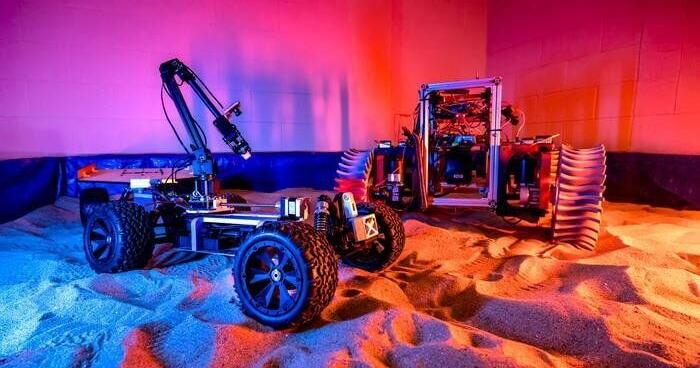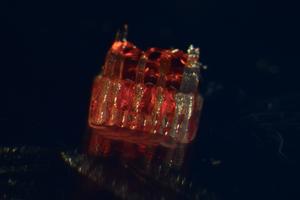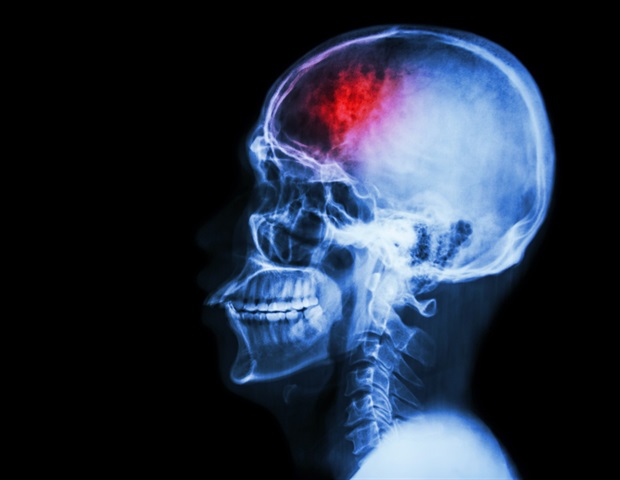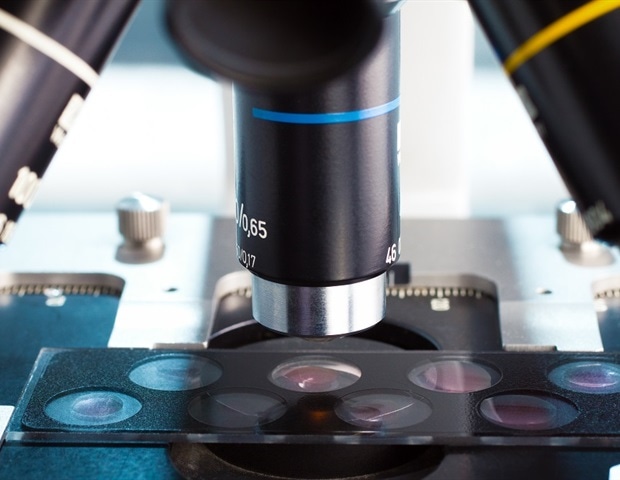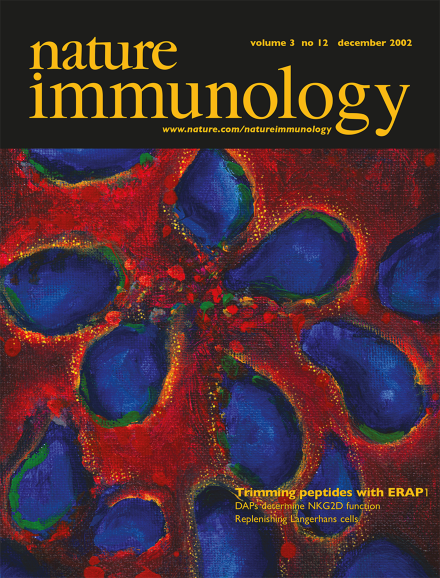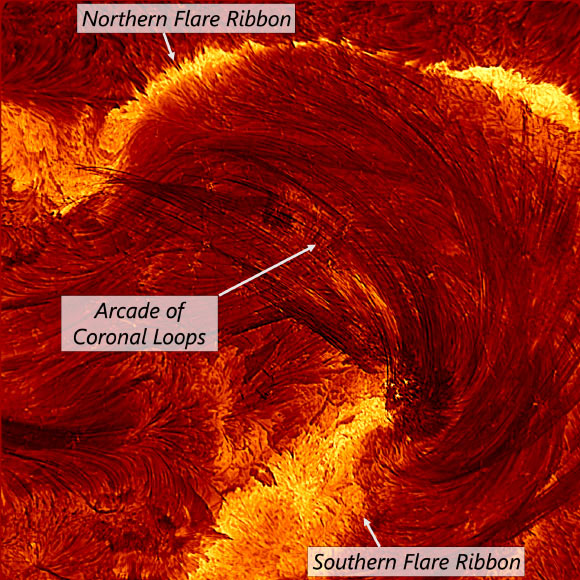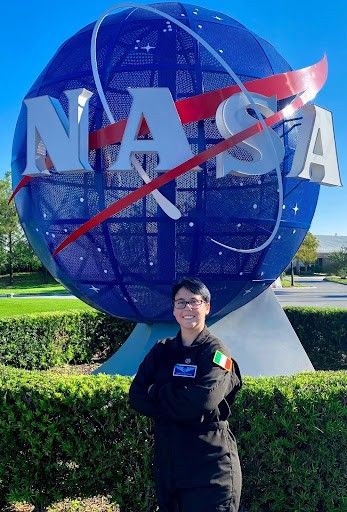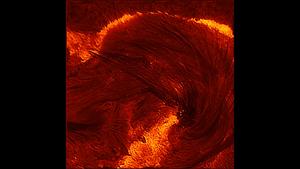Rovers on sand in the Simulation-Based Engineering Lab. (Joel Hallberg / UW–Madison via SWNS)
By Stephen Beech
Robotic space rovers keep getting stuck because the surface of the moon is “fluffier” than on Earth, suggests a new study.
Researchers reckon they’ve finally worked out why the multi-million dollar extraterrestrial vehicles get bogged down in soft sand or gravel on the lunar surface and Mars.
They say it’s because gravity on Earth, where the rovers are tested, pulls down on sand much more strongly than the gravity on the red planet or the moon does.
When a space rover gets stuck in soft sand or gravel – such as the Mars rover Spirit in 2009 — engineers issue a series of commands that move its wheels or reverse its course in a delicate, time-consuming effort to free it and continue its exploratory mission.
While Spirit remained permanently stuck, it is now hoped that better pre-mission terrain testing on Earth could help avert future problems.
Using computer simulations, mechanical engineers at the University of Wisconsin–Madison in the United States uncovered a flaw in how rovers are currently tested on Earth.
They say that error leads to “overly optimistic” conclusions about how rovers will behave once they’re deployed on extraterrestrial missions.
An important element in preparing for these missions is an accurate understanding of how a rover will traverse extraterrestrial surfaces in low gravity to prevent it from getting stuck in soft terrain or rocky areas.
On the moon, the gravitational pull is six times weaker than on Earth.
Mechanical engineering professor Dan Negrut poses with a space rover used for testing. (Joel Hallberg / UW–Madison via SWNS)
For decades, researchers testing rovers have accounted for that difference in gravity by creating a prototype that is a sixth of the mass of the actual rover.
They test the lightweight rovers in deserts, observing how it moves across sand to gain insights into how it would perform on the moon.
But it turns out that the standard testing approach “overlooked” a seemingly inconsequential detail: the pull of Earth’s gravity on the desert sand.
Through simulation, Wisconsin–Madison Professor Dan Negrut and his team determined that Earth’s gravity pulls down on sand much more strongly than the gravity on Mars or the moon does.
He explained that, on Earth, sand is more rigid and supportive – reducing the likelihood it will shift under a vehicle’s wheels.
But Negrut says the moon’s surface is “fluffier” and therefore shifts more easily – meaning rovers have less traction, which can hinder their mobility.
He said: “In retrospect, the idea is simple: we need to consider not only the gravitational pull on the rover but also the effect of gravity on the sand to get a better picture of how the rover will perform on the moon.
A rover’s operation is simulated in Project Chrono, an open-source physics simulation engine developed at UW-Madison. (Dan Negrut / UW–Madison via SWNS)
“Our findings underscore the value of using physics-based simulation to analyse rover mobility on granular soil.”
The researchers’ discovery resulted from their work on a NASA-funded project to simulate the VIPER rover, which had been planned for a lunar mission.
The team utilised Project Chrono, an open-source physics simulation engine developed at UW–Madison in collaboration with scientists from Italy.
The software allows researchers to quickly and accurately model complex mechanical systems – such as full-size rovers operating on “squishy” sand or soil surfaces.
While simulating the VIPER rover, they noticed “discrepancies” between the Earth-based test results and their simulations of the rover’s mobility on the moon.
Digging deeper with Chrono simulations revealed the testing flaw.
The benefits of the research, published in the Journal of Field Robotics, also extend beyond NASA and space travel.
Alexander Andrews
For applications on Earth, Chrono has been used by hundreds of organisations to better understand complex mechanical systems – from precision mechanical watches to US Army trucks and tanks operating in off-road conditions.
Negrut said, “It’s rewarding that our research is highly relevant in helping to solve many real-world engineering challenges.
“I’m proud of what we’ve accomplished. It’s very difficult as a university lab to put out industrial-strength software that is used by NASA.
“It’s very unusual in academia to produce a software product at this level.
“There are certain types of applications relevant to NASA and planetary exploration where our simulator can solve problems that no other tool can solve, including simulators from huge tech companies, and that’s exciting.”
Negrut says he and his team are focused on continually innovating and enhancing the software to stay relevant.
He added, “All our ideas are in the public domain and the competition can adopt them quickly, which drives us to keep moving forward.
“We have been fortunate over the last decade to receive support from the National Science Foundation, U.S. Army Research Office and NASA.
“This funding has really made a difference, since we do not charge anyone for the use of our software.”
